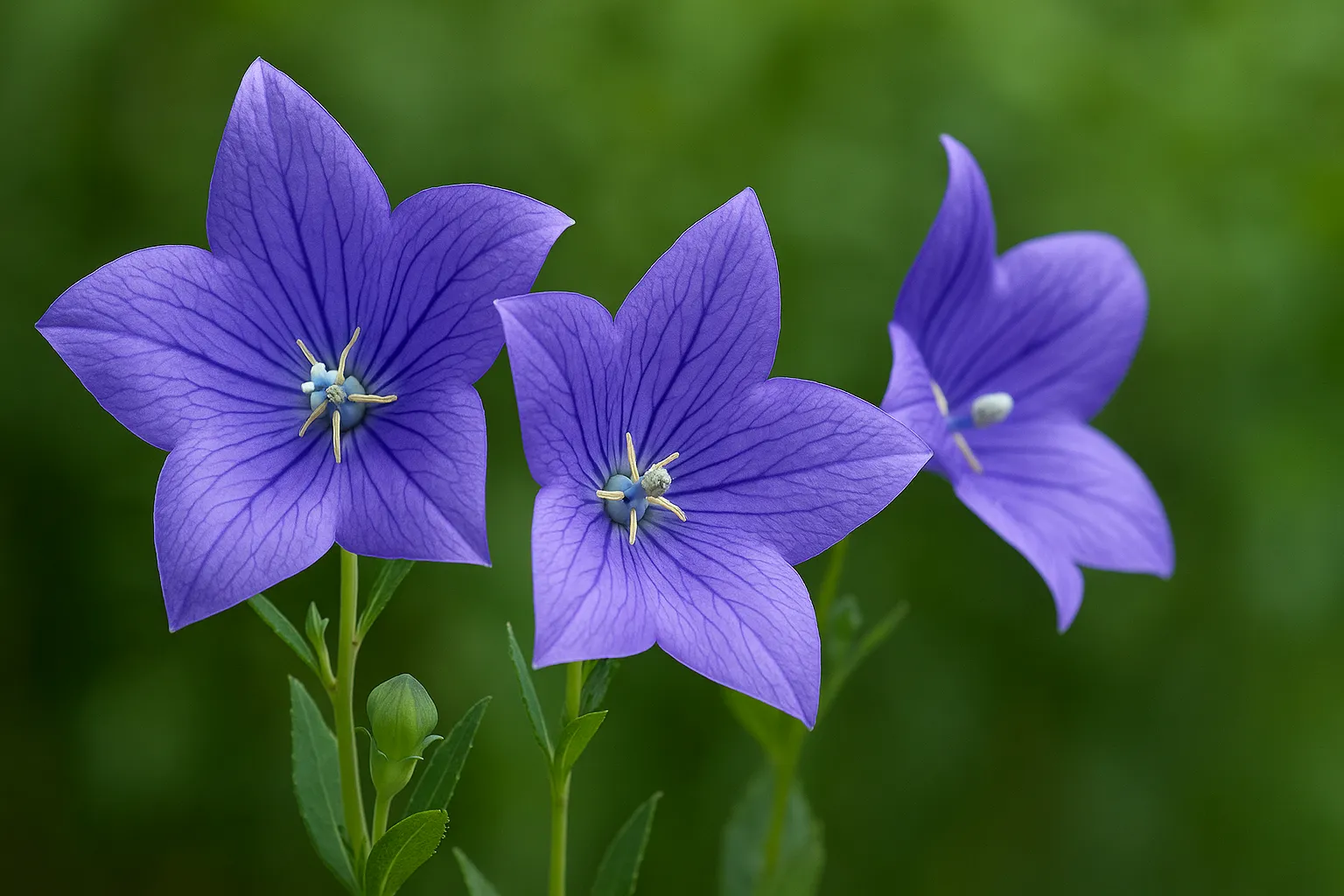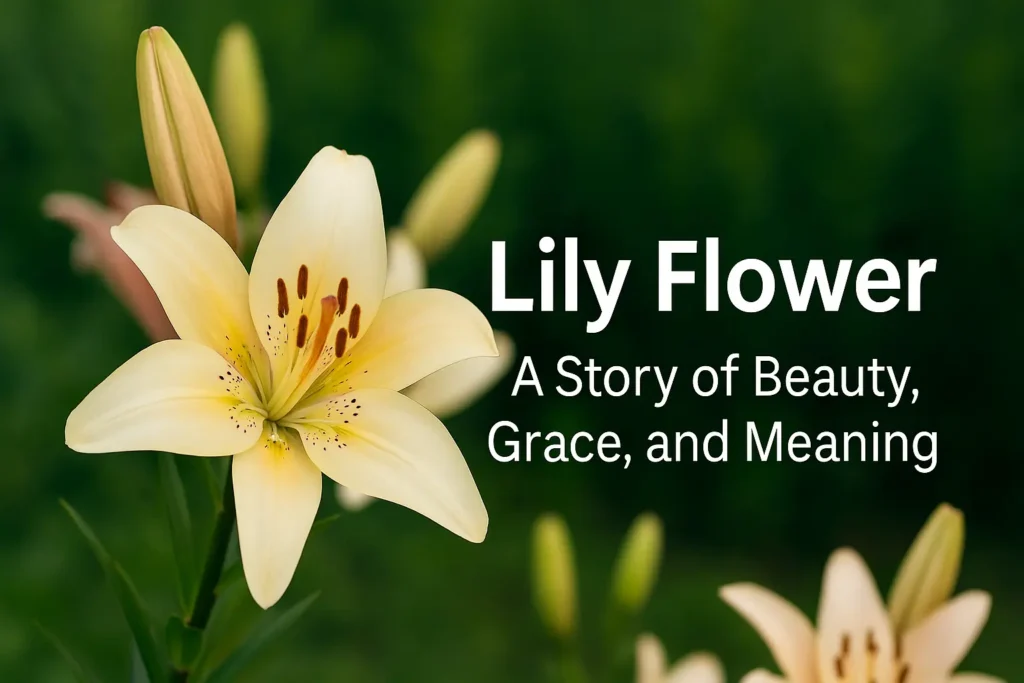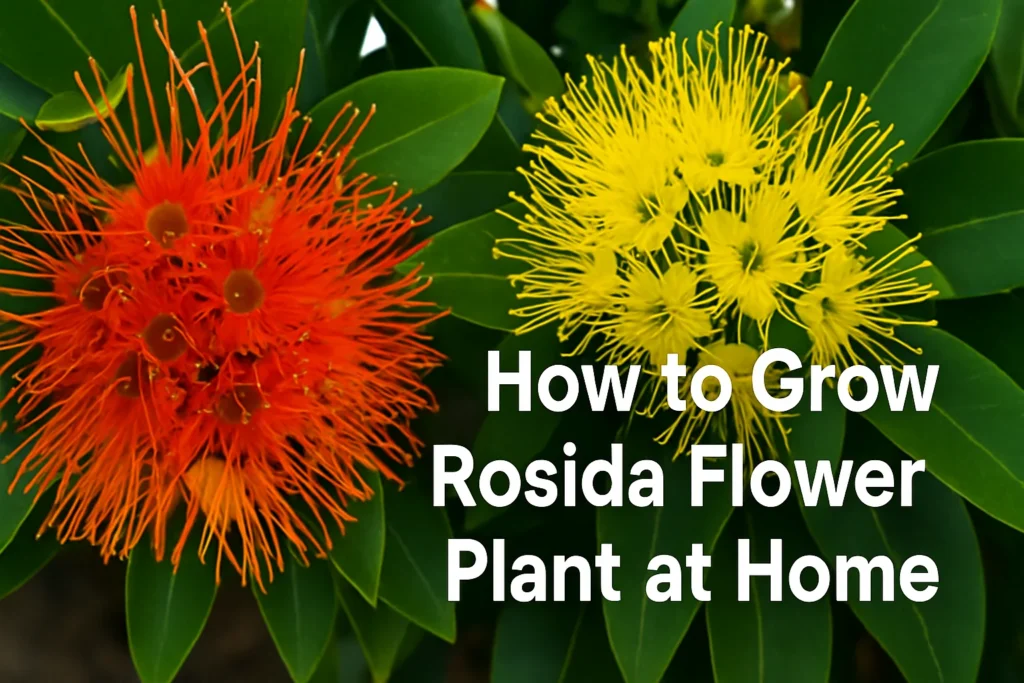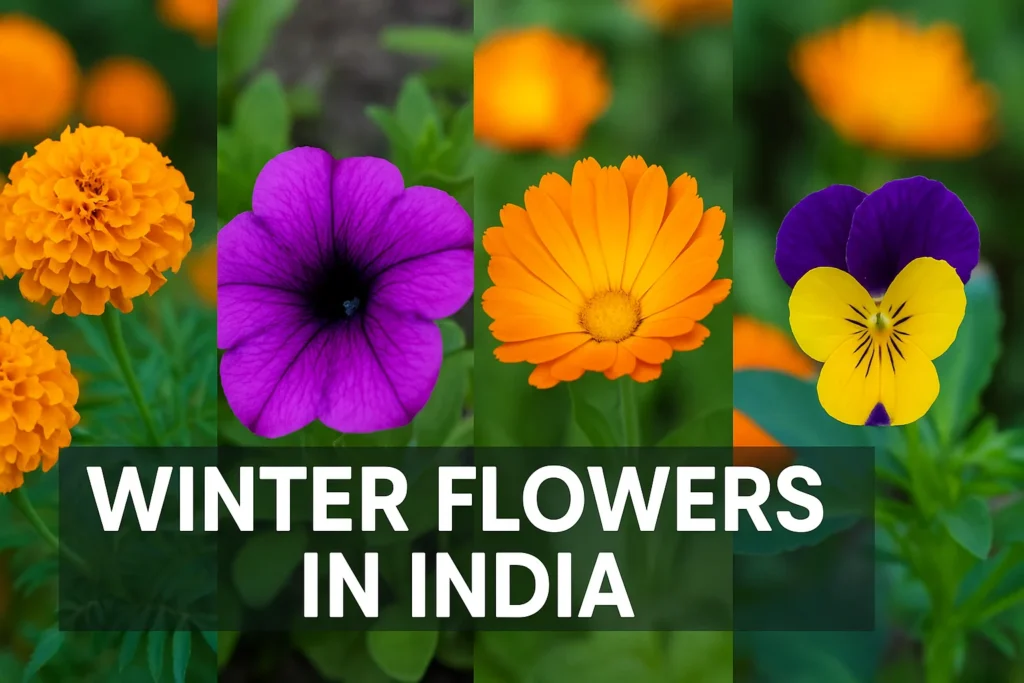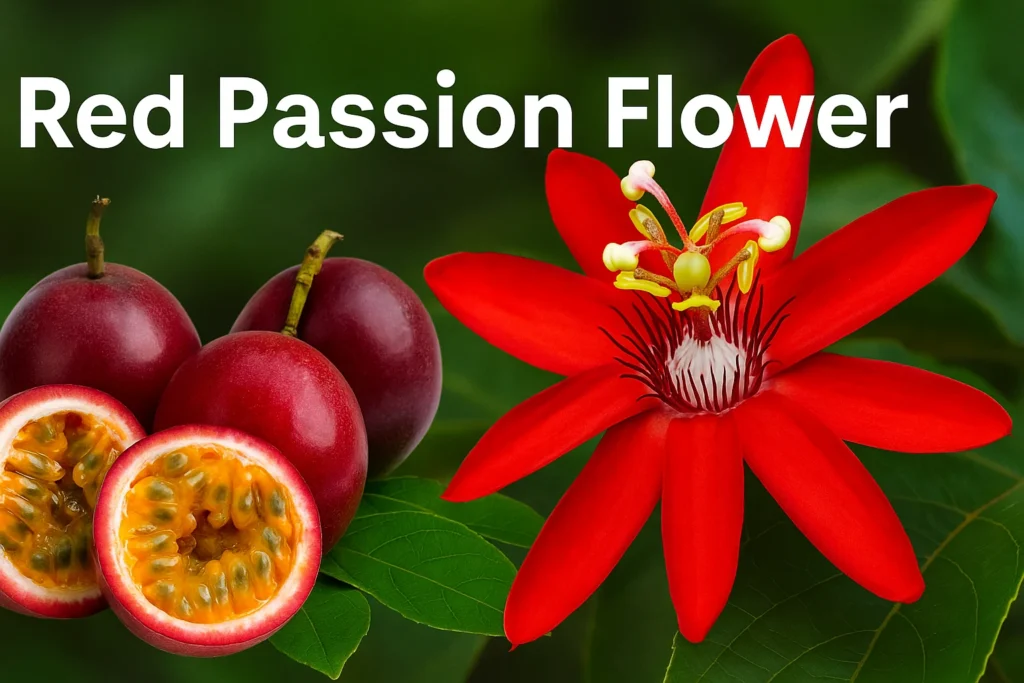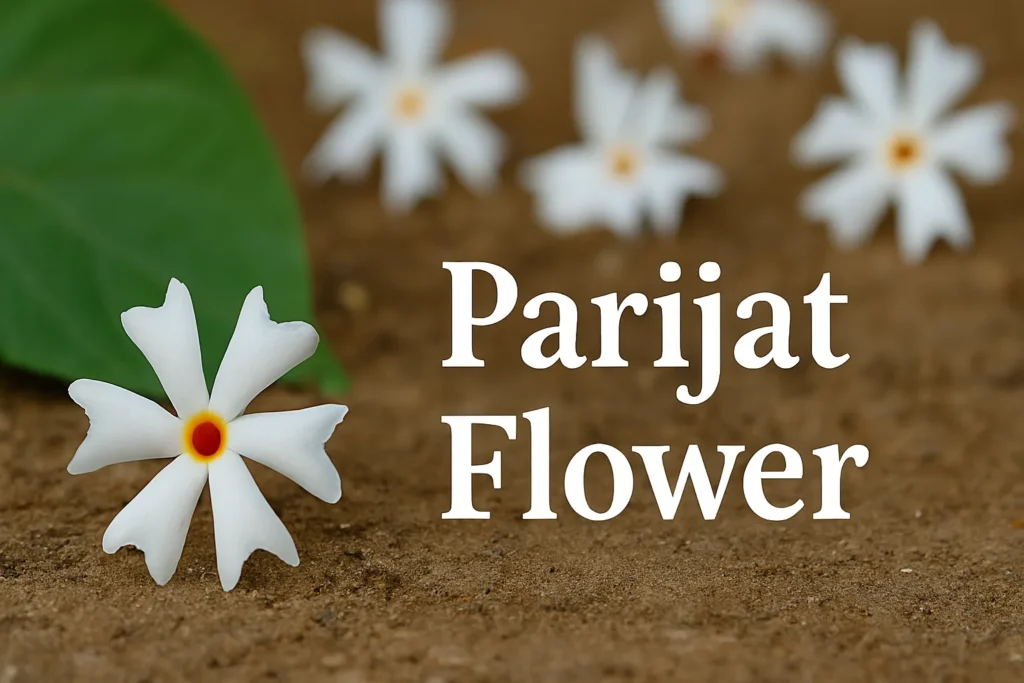If you have ever seen a flower bud puff up like a tiny balloon before bursting into a star-shaped bloom, you have probably met the balloon flower. Known scientifically as Platycodon grandiflorus, this perennial is loved for its charm, durability, and ease of care. Whether you are a beginner or a seasoned gardener, learning the right balloon flower information can help you grow these blooms beautifully year after year.
What Makes the Balloon Flower Special?
The balloon flower is native to East Asia, especially China, Korea, and Japan. It gets its playful name from its unique buds, which swell into balloon-like shapes before opening into five-petaled flowers in shades of blue, white, or pink. This little transformation is a joy to watch, making it a talking point in any garden.
Historically, balloon flowers have been appreciated not only for their beauty but also for their medicinal uses. In traditional Asian herbal practices, the roots were used to make teas believed to support respiratory health. Today, most people enjoy them as long-lasting ornamental plants.
Growing Balloon Flowers Successfully
If you want healthy, vibrant blooms, it’s important to give these flowers the right environment. They are forgiving plants, but certain growing conditions will help them thrive.
Best Balloon Flower Growing Conditions
Balloon flowers love full sun but will tolerate partial shade, especially in warmer climates. Too much shade can reduce blooming, so try to give them at least six hours of sunlight daily.
- Soil: Well-draining soil is a must. They do well in slightly acidic to neutral pH (6.0–7.5). Adding compost improves both texture and nutrients.
- Climate: These perennials are hardy in USDA zones 3 to 8, which means they can handle cold winters and return each year. In hot climates, a bit of afternoon shade can help prevent stress.
Planting Balloon Flower Seeds
Growing balloon flowers from seed is rewarding and allows you to choose from different colors and varieties. Step-by-step seed planting guide:
- Start Early: Sow balloon flower seeds indoors 6–8 weeks before your last frost date.
- Prepare Soil: Use a fine seed-starting mix for best results.
- Sow Seeds: Gently press them into the surface without covering, as they need light to germinate.
- Water Lightly: Keep soil evenly moist but never soggy.
- Transplant Outdoors: Move seedlings into the garden once all frost danger has passed.
If you ever feel stuck choosing flowers for your garden, a random flower name generator can be a fun way to discover new options.
Balloon Flower Care Throughout the Seasons
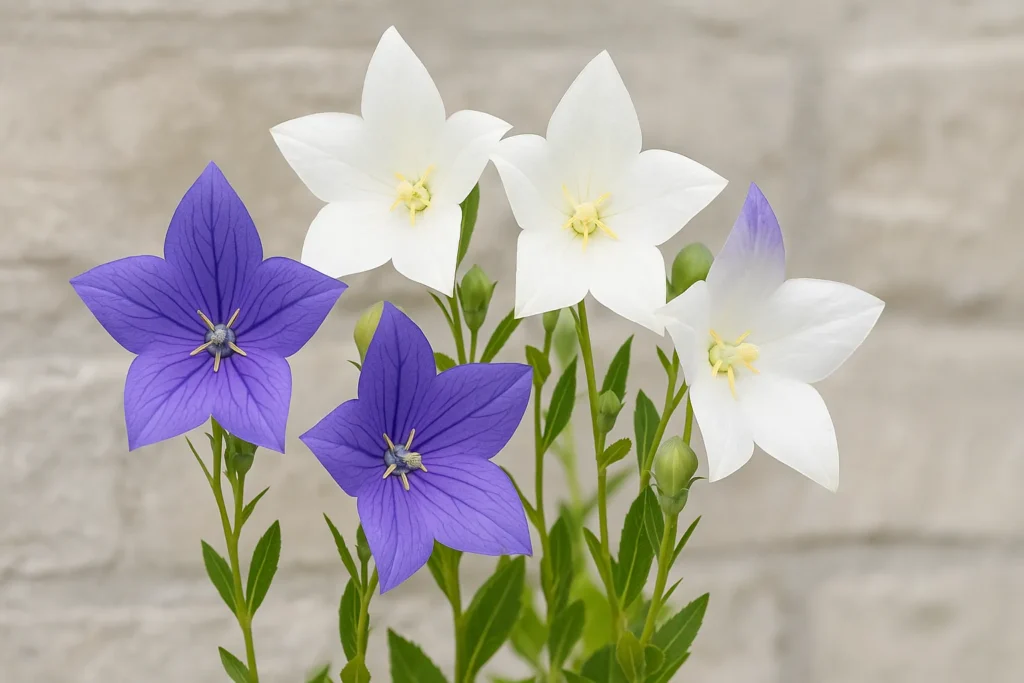
Once your balloon flowers are established, they are very low-maintenance. A little regular care keeps them blooming for years.
- Watering: Deeply water once a week during dry spells. Avoid waterlogging.
- Feeding: Use a balanced, slow-release fertilizer in spring to encourage strong growth and blooming. Avoid too much nitrogen, which encourages leaves over flowers.
- Deadheading: Removing spent blooms encourages more flowers during the season.
- Pruning: Cut stems back to ground level in late fall to prepare for winter.
- Support: Taller varieties may need discreet staking. Some gardeners use creative solutions like an invisible grills for support that blends into the garden design.
Avoiding Common Problems
Balloon flowers are naturally resistant to many pests and diseases, but they can face occasional issues.
Pests:
- Aphids may appear on young growth. A strong water spray or insecticidal soap usually handles them.
- Slugs can chew leaves, especially in damp conditions. Use barriers or traps if needed.
Diseases:
- Root rot is the most common problem, usually caused by poorly drained soil. Plant in raised beds or amend soil to improve drainage.
Pairing Balloon Flower with Other Plants
Balloon flowers look amazing in mixed borders and cottage gardens. Their vertical stems and bright blooms pair well with shorter plants in front or taller blooms behind.Consider planting them alongside the marikolunthu flower for a fragrant and colorful display. Their cool tones also work well with yellow or white flowers for a refreshing summer garden palette.For themed or cultural gardens, mixing this flower with plants like the kumudini plant can create unique visual and symbolic combinations.
Fun Facts and Unique Uses
Aside from their garden appeal, balloon flowers offer a few surprises.
- Cut Flowers: They make excellent additions to floral arrangements thanks to their star-shaped blooms that last well in a vase. If you love rare blooms, you might also appreciate the beauty of the kadupul flower, often called the queen of the night.
- Cultural Symbolism: In Japan, these flowers are considered a symbol of unchanging love and honesty.
- Playful Buds: The unopened buds can be gently squeezed to make a soft popping sound, a favorite activity for children.
- Wildlife: They attract pollinators like bees and butterflies while being deer-resistant, making them ideal for rural gardens.
For year-round garden interest, some gardeners grow them alongside hardy species such as the avarampoo plant, which offers a completely different bloom style and color.
Why Balloon Flowers Are Great for All Gardeners
Balloon flowers check all the boxes for an ideal garden plant: they are hardy, adaptable, attractive, and easy to care for. Their long lifespan means you can enjoy them for years without constant replanting. Whether you grow them from balloon flower seeds or buy young plants, you will find that balloon flower care is simple enough for beginners yet rewarding enough for experts.
Their versatility makes them perfect for a variety of settings, from casual wildflower gardens to carefully planned landscapes.
Key Takeaway
The balloon flower’s unique budding process, vibrant blooms, and hardy nature make it a delightful addition to any garden. With the right balloon flower growing conditions, proper planting techniques, and regular balloon flower care, you can enjoy these whimsical blooms season after season. Whether you are looking to add charm, attract pollinators, or simply try something new, this flower is a choice you will not regret.

